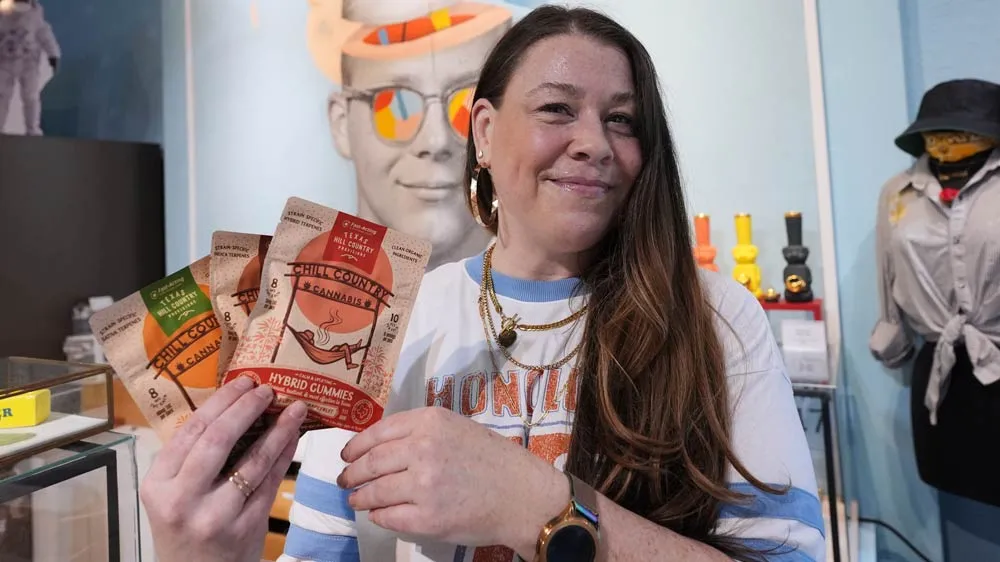May 23, 2011
GLBT Youth Profiled in NY Times 'Coming Out' Series
Kilian Melloy READ TIME: 2 MIN.
The New York Times is launching a series of articles profiling the lives and experiences of GLBT youth this week. The series is titled "Coming Out."
The series was preceded by a
"The New York Times embarked on the project 'Coming Out' as an effort to better understand this generation's realities and expectations, and to give teenagers their own voice in this conversation," the article said. "The Times spoke with or e-mailed close to 100 gay, lesbian, bisexual or transgender teenagers from all of parts of the country--from rural areas to urban centers, from supportive and hostile environments."
"The amount of attention that has been given to debates over L.G.B.T. issues in the last year is another sign of how deeply American society remains divided" on questions that pertain to the lives, rights, and families of sexual minorities, noted Yale University's George Chauncey, an historian and GLBT scholar. "And it has made it clear to young people just how much opposition remains."
A sense of being bullied or oppressed to fit into expected roles might not be limited to hetero-normative culture imposing certain modes of conduct and dress, the article suggested, quoting one young man who said that he had flaunted his sexuality with tight clothing and makeup, only to tire of the look.
"But then when I stopped it and decided to be myself, it was like I no longer fit the stereotypes," the teen said.
"In the face of competing messages, lesbian, gay, bisexual and transgender youths just want to be teenagers," the article noted. "While they envision a world where they can get married and have doors open to them, they do not want to be defined by their sexuality, regardless of how they are received by their community. It is just one part of their identity."
The project is set to feature both text and video content.
The high rate of suicide among GLBT youths is not a new phenomenon, but the media reported on a rash of GLBT youth suicides last year with a focus that has seldom been seen. The mainstream public was shocked by the news of one story in particular, that of Tyler Clementi, an 18-year-old freshman at Rutgers University in New Jersey. Clementi's roommate reportedly used a webcam to spy on an encounter between Clementi and another young man. Several days later, Clementi leapt to his death from the George Washington Bridge.
The roommate, Dharun Ravi, faces 15 counts, including a bias crime charge. Another student, Molly Wei, entered a pretrial intervention program that could allow her to avoid jail time and a criminal record.
Writer and activist Dan Savage launched a YouTube-driven series of video messages to teens contemplating suicide. The "It Gets Better" campaign features both celebrities and everyday people, some gay and some straight, who address the miseries of adolescence, but counsel viewers that it's worth surviving the teen years because "it gets better" as young people enter adulthood.
Kilian Melloy serves as EDGE Media Network's Associate Arts Editor and Staff Contributor. His professional memberships include the National Lesbian & Gay Journalists Association, the Boston Online Film Critics Association, The Gay and Lesbian Entertainment Critics Association, and the Boston Theater Critics Association's Elliot Norton Awards Committee.


